- Category
- Life in Ukraine
Russia Shatters Their Faces on the Frontline. These American Doctors Reconstruct Them
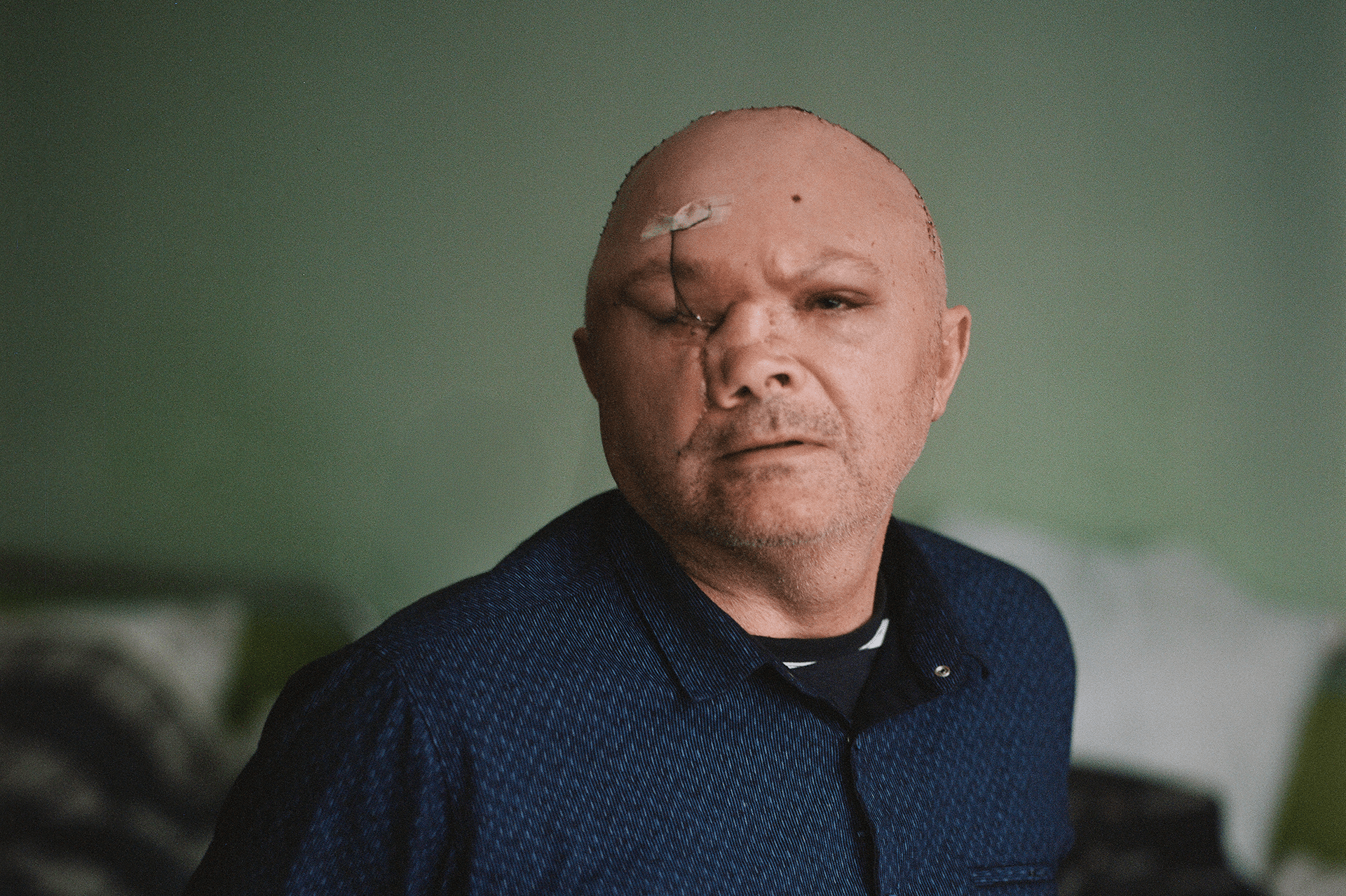
“Pavlo, can you hear me? Don’t touch your face.” In a Lviv hospital, a doctor reassures his patient just moments after surgery. Pavlo lies on a gurney, barely awake from anesthesia, instinctively reaching to feel what he now looks like. His procedure was one of 26 performed this week by US and Ukrainian surgeons as part of the “Face to Face” medical mission.
Russia’s attacks on Ukraine have left thousands wounded, both civilians and soldiers on the front line. While body armor protects the torso, the face is often left exposed. Artillery shrapnel, drone blasts, sniper fire, and mines don’t just injure; they disfigure, tearing through jaws, eye sockets, and skulls.
Overall, about 390,000 injury cases among Ukrainian defenders have been recorded since the Russian full-scale invasion started, Ukrainian President Volodymyr Zelenskyy told UK journalist Piers Morgan in a February 2025 interview. The figure includes repeat injuries, as many soldiers returned to the battlefield after recovery and were wounded again.
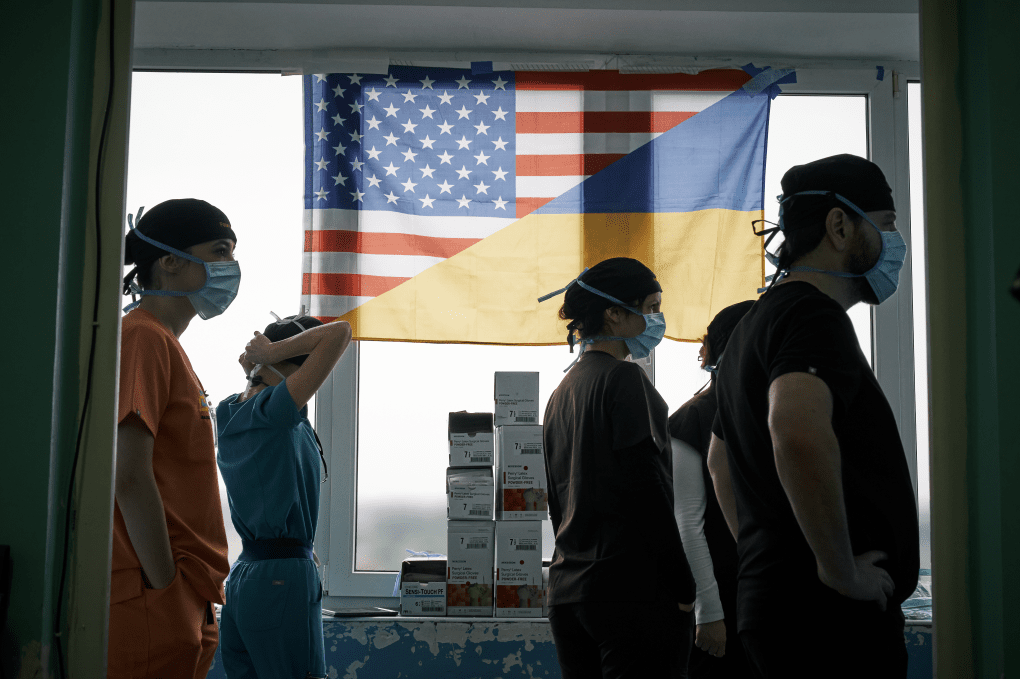
But where Russia destroys, these surgeons rebuild. The Ukrainian medical mission “Face to Face,” created in cooperation with the American Academy of Facial Plastic and Reconstructive Surgery, Razom for Ukraine organization, and the medical platform INgenius, brings life-changing procedures to wounded defenders. Armed with 3D-printed implants, advanced microsurgery, and patient-specific transplants, this medical team is restoring the soldiers’ faces.
The UNITED24 Media team visited one of the hospitals, whose location is kept confidential for security reasons, to witness the mission in action.
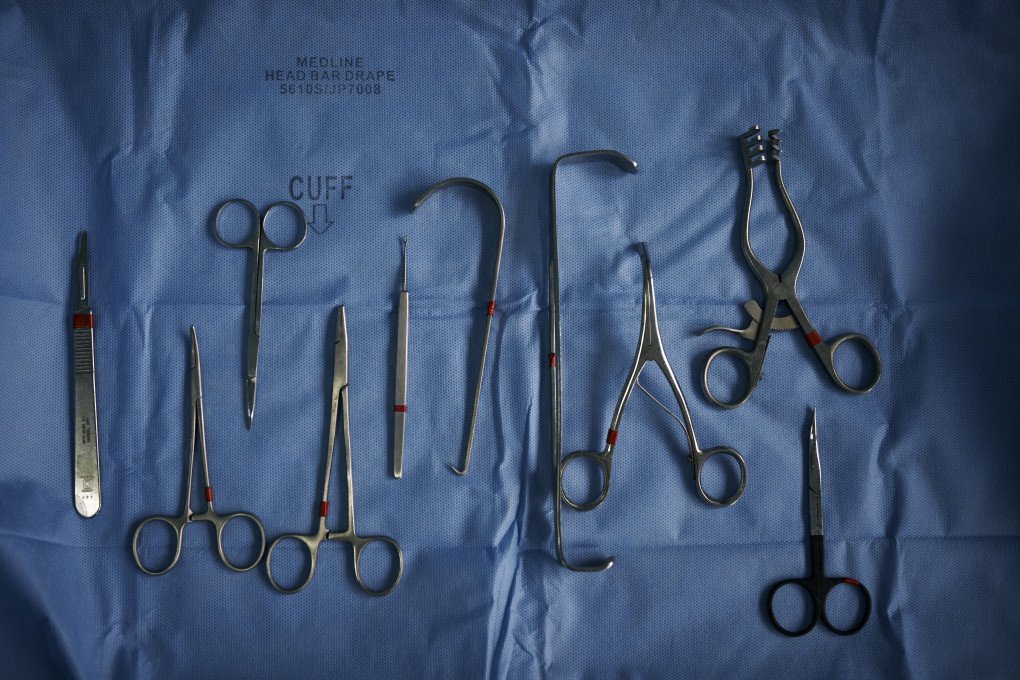
“We don't fix, but we make better”
For Dr. John Frodel, this was his ninth visit to Ukraine since the beginning of Russia’s full-scale invasion and his fourth with "Face to Face,” a US humanitarian program. Dr. Frodel spent one week in Lviv performing surgeries on various patients, including Pavlo, whom he first met in October 2024. Back then, the team didn’t have the capability to perform the complex surgeries Pavlo needed.
“Even after we reviewed his case with the team, which does some more sophisticated microvascular tissue transfer from other parts of the body, we decided that we should keep it more basic,” said Dr. Frodel. “We focused on his very retracted lip.”
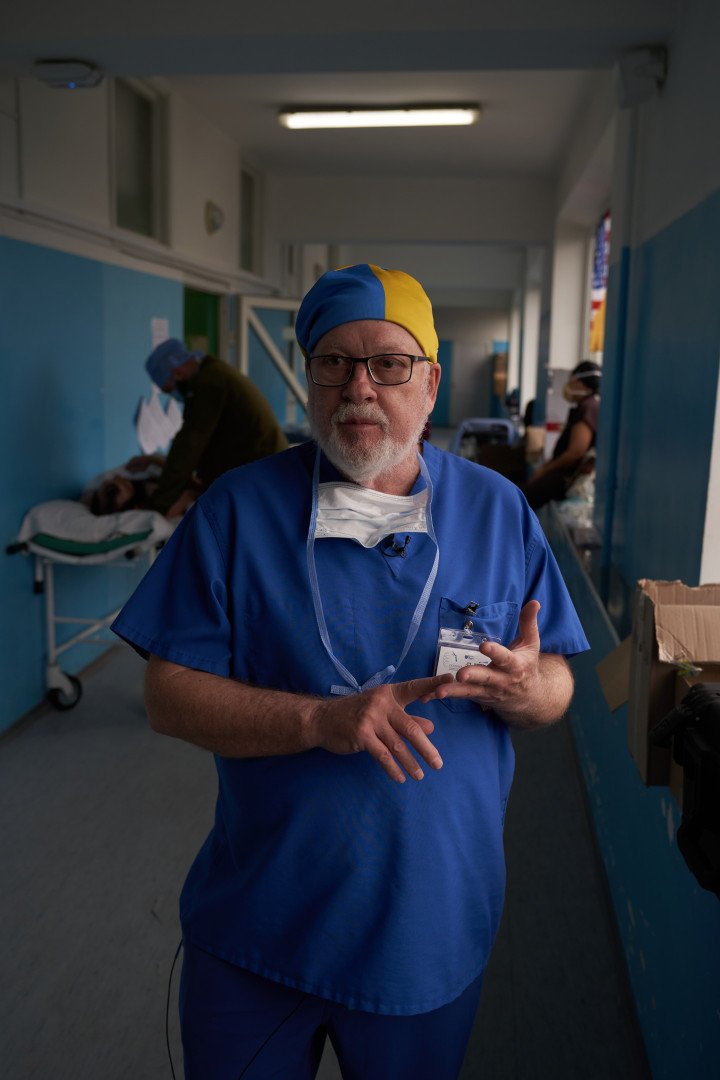
Though he knew nothing about his patient, except that he had been injured in combat, Dr. Frodel kept Pavlo’s photos on his phone.
“His wife was standing behind him, walking and moving him forward,” he said. “This is probably the most dramatic image that I've seen since I've been here.” He barely ever saw such severe deformities: “Sometimes you have to have very simple goals, and for him it will be to help him use his mouth. It's very life-changing, even though he's blind in both eyes.”
Dr. Frodel, who now works for the Guthrie Medical Group, has experience working during wartime. In the 1990s, during the Croatian War of Independence, he participated in a “Face to Face” mission in Zagreb. More than 30 years later, he emphasized that the injuries he sees today are exactly the same as back then. However, the technology has gotten much better. Performing several surgeries per day, he helps about 10 patients per mission who were severely wounded in the Russian war, mostly Ukrainian defenders.
He recalled that back home in the US in 2022, while watching the news about the Russian invasion, he was angry. “I really don’t know Ukrainian heritage or anything like that, but we got together with some of the people who are here today, and wondered how we could get involved in helping treat injuries in Ukraine.” By September 2022, a team of American surgeons had arrived in Ukraine’s Ivano-Frankivsk for their first mission.
“To see me like this is stressful for them”
“I got a mine-blast injury during a battle,” says Ivan, who received surgery several days ago. Before he was wounded, he served as the Commander of an Unmanned Aerial Systems unit. “I don’t have a right eye, it was crushed as well as my nose,” he says.
It happened in July 2024. Since then, Ivan has been undergoing treatment in Dnipro, then Kyiv. Eventually, he was transferred from the capital to Lviv, where doctors informed him about this mission. Having undergone surgery, he understands that this is not the end of the road. More procedures lie ahead: “I still need a nose reconstruction, but it will take some time, because it all needs to recover and heal.”
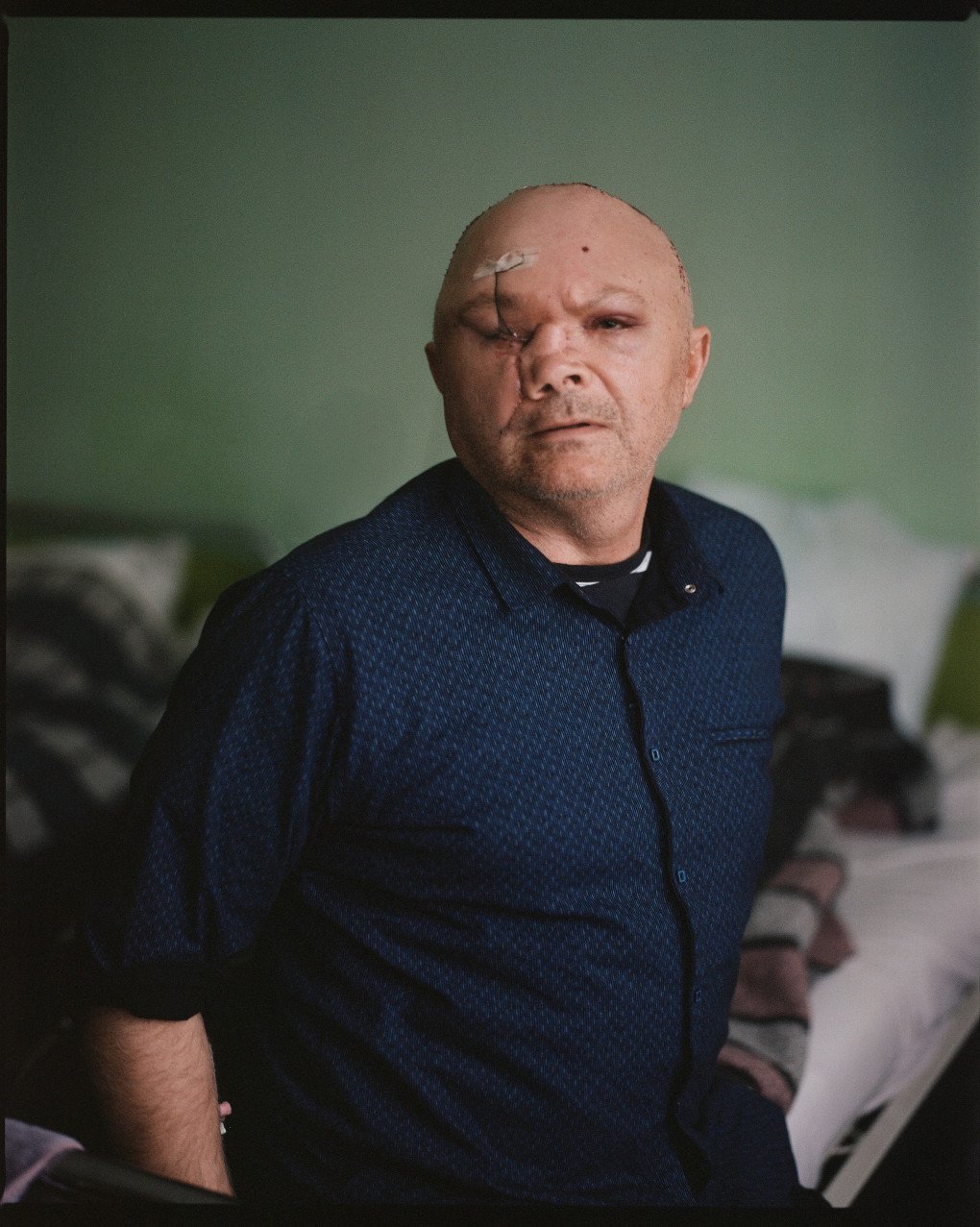
Ivan joined the military in January 2024. He was wounded while defending Pokrovsk from Russian attacks. His wife lives in his native Zaporizhzhia region, while his sister moved to Odesa. Though both of them are prepared to make the journey to Lviv, he says he doesn’t want them to visit him too often. “It's also very stressful for them—to see me like this. This is my opinion, I hope I am wrong”.
“I told her not to waste her time, and then—I proposed”
Yuliia, the wife of a Ukrainian defender named Oleh, recalled the moment she found out her then-boyfriend had been wounded. “I left everything, not knowing where to go, knowing only that he was in the hospital in Dnipro.”
When she first saw him, she didn’t recognize him.
“I wanted to take his hand, but he was covered, and I touched his shoulder. Then, a nurse told me: ‘His pulse has risen, he can hear you.’” At those words, Yuliia started crying, and Oleh immediately stood up to comfort her.
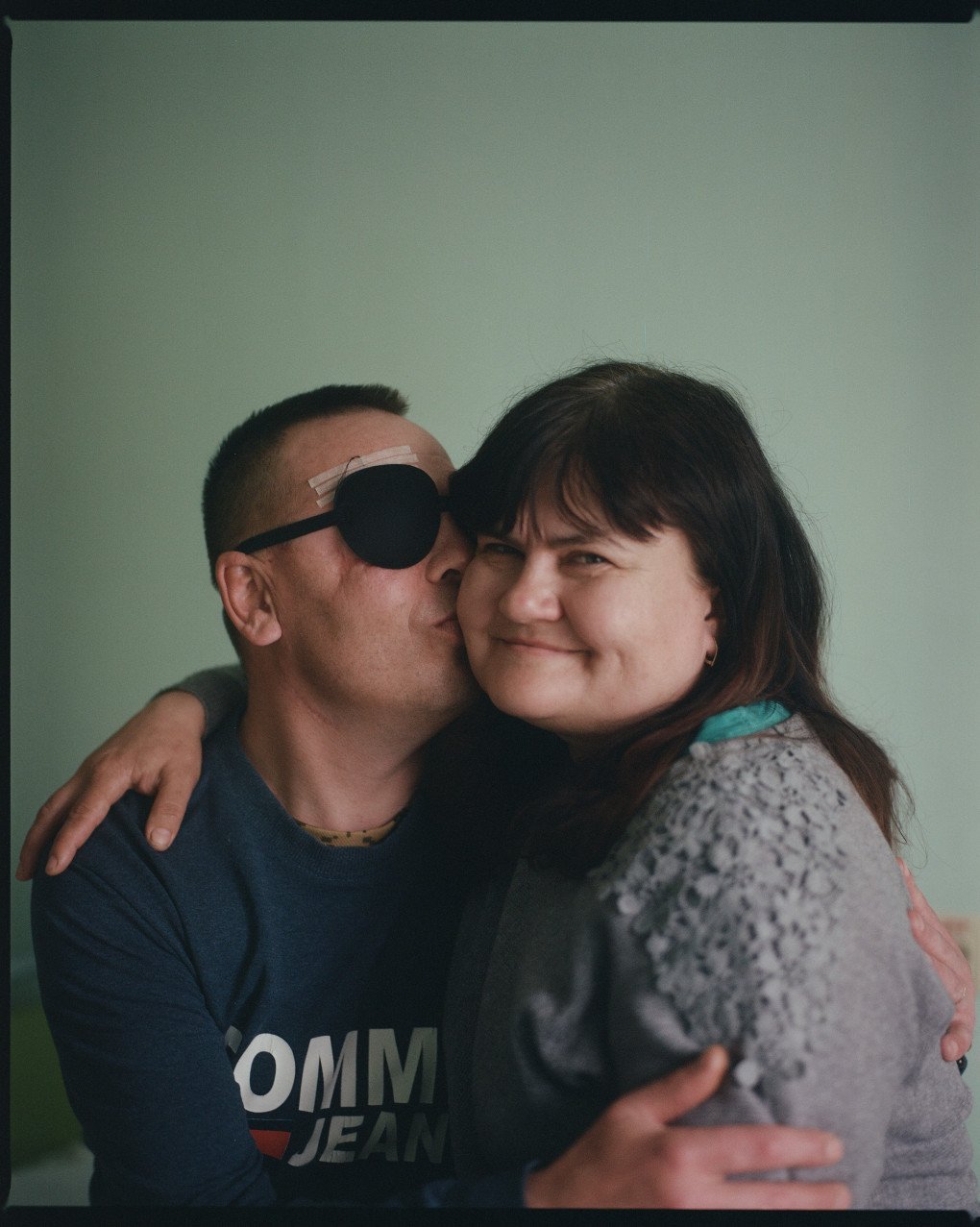
Oleh was wounded in 2023, on the night of April 30th, while serving on the first line of defense in the Lyman direction. Talking about the moments before getting injured, he remembered that the silence was extremely tense. “It was a sniper,” he says. “The bullet knocked out my eyes. Total loss of vision”.
His wife was a ray of light in the complete darkness. “I was in a coma for 5-6 days,” he says. “When I woke up, I remembered some phone numbers and immediately called her. I said: ‘Yuliia, don't waste your time, I'll understand you.’” At the moment he called her, Yuliia was nearby, sitting outside the intensive care unit because the doctors wouldn't let her in. “Then—I offered her my hand and heart. She answered: Finally”.
They both joked that their honeymoon was in Spain, where Oleh went to get a prosthesis. However, it turned out he needed more surgery to keep the prosthesis in place. That’s what the surgeons from “Face to Face” helped him with. They raised his eyelid and stitched it up. With rehabilitation lying ahead, Oleh hugs his wife, saying that she became his eyes.
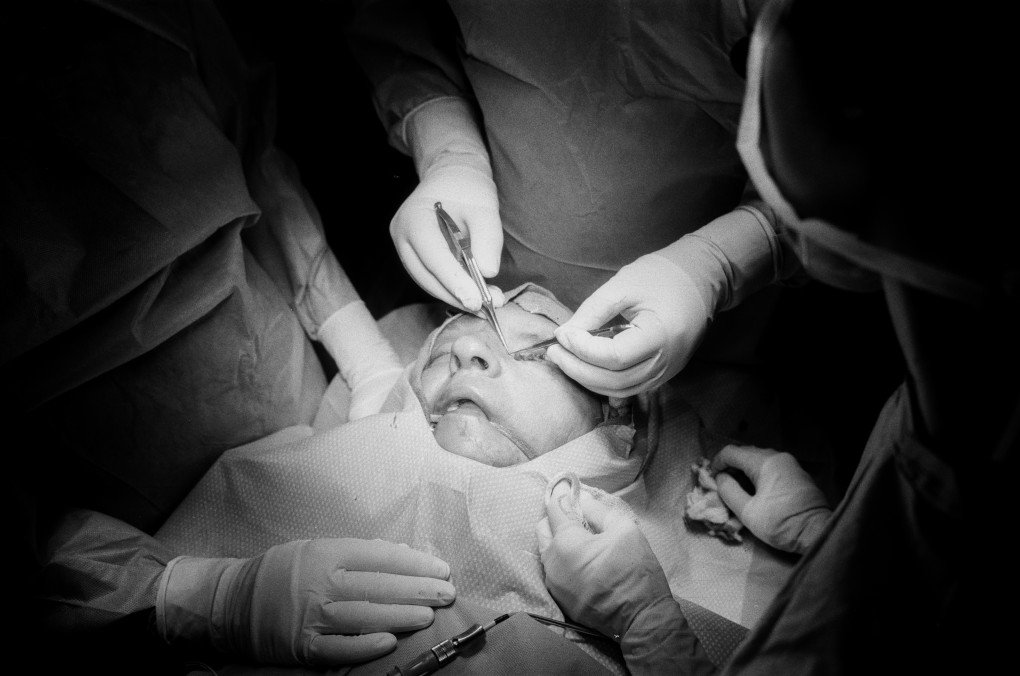
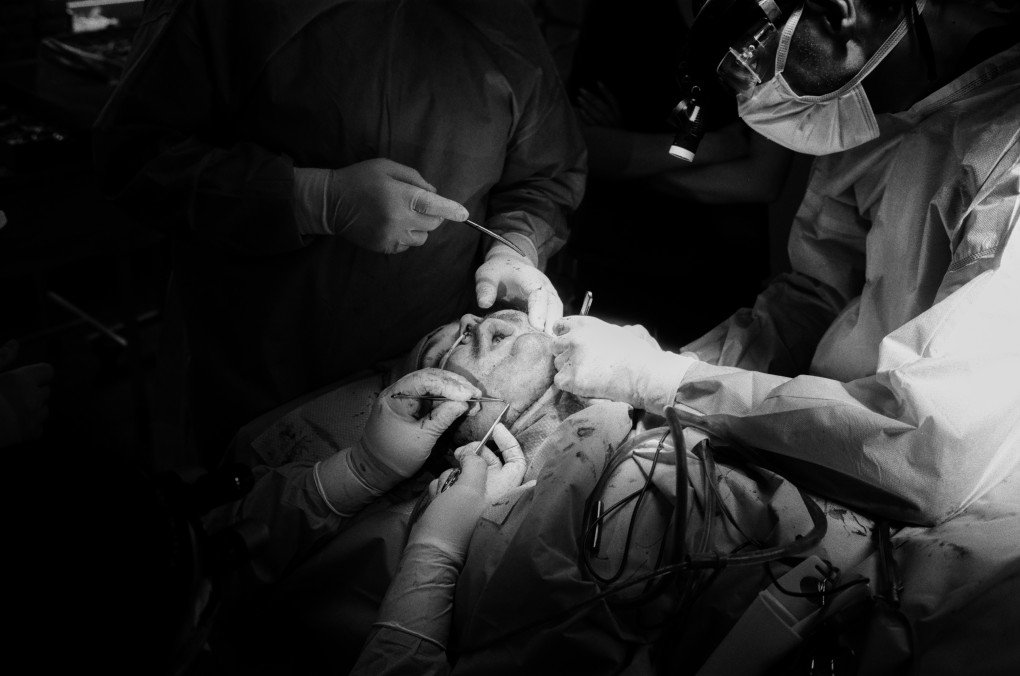
“The purpose is to help with aesthetics, but also—to help patients function better”
Ivanka Nebor is one of the mission's organizers. She is a Ukrainian ENT (otolaryngologist) surgeon and the founder and president of the INgenius medical platform. After finishing her training in Ukraine, she applied for residency in the US to learn from American surgeons. As soon as the full-scale Russian invasion started, the Razom for Ukraine organization reached out to her, informing her that US surgeons were prepared to come to Ukraine.
“There was a first American team that actually agreed to come to Ukraine and really, not only do the surgeries, but also train the Ukrainian physicians,” she says. “I understood that they needed this bridge—to have a surgeon who could help. I know the Ukrainian medical system, I know the American medical system, and I know both languages, so I'm trying to put everything together and help them organize the mission”.
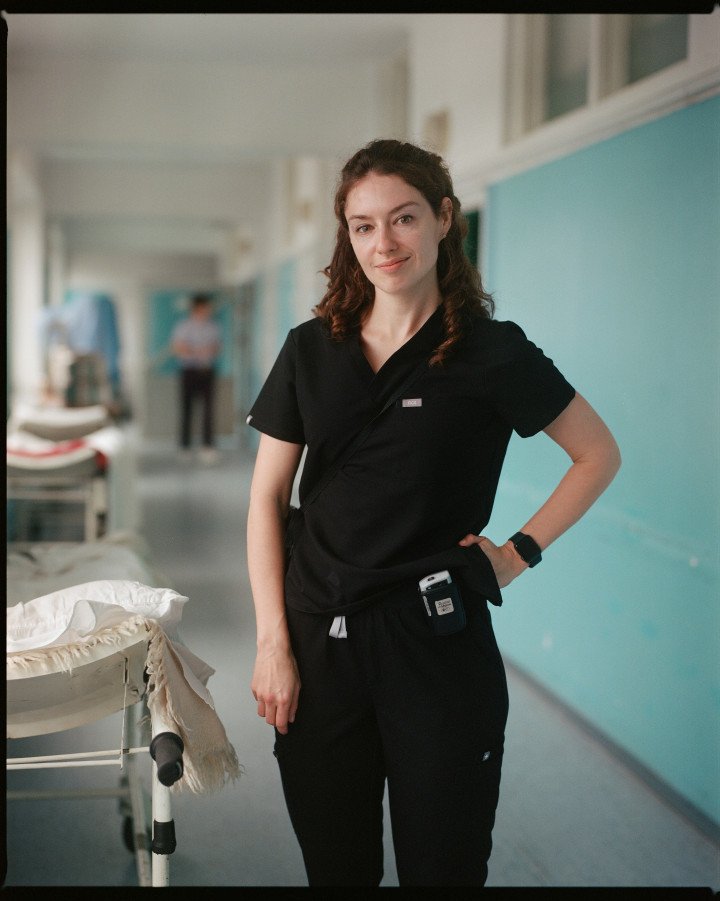
This is Dr. Nebor's fifth mission. Counting the 26 patients who received help this week, the total number of “Face-to-Face” patients now stands at 146. The number they can attend to depends on the difficulty of the procedure. This time, there were eight unique transplantations, of which a single one can take up to ten hours. The complications of these cases are the main reason the Ukrainian specialists need assistance from their American colleagues.
“We do microvascular reconstruction, where we can reconstruct parts of the face with the fibula bone from the leg,” says Manoj Abraham, a facial plastic surgeon based in New York. “You have to reconnect the blood vessels in the neck, for instance, and then we use patient-specific implants—3D implants—to reconstruct parts of the face. So we're training the local doctors on these procedures, and they can take a long time.”
Dr. Abraham is also a senior advisor for the “Face to Face” mission. Throughout his career, he has engaged in numerous medical missions around the world—Africa, South America, and Asia. This, however, is his first experience working during an active war.
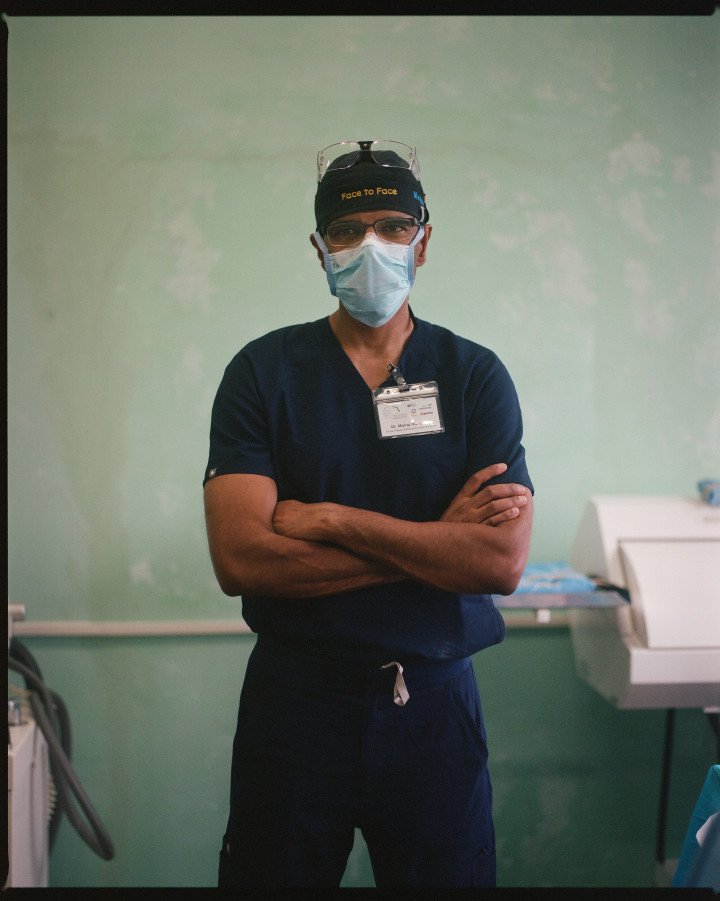
“For the first trip, we had to do a lot of planning,” says Dr. Abraham. “We didn't know if we could come to Ukraine to help, so it was very nerve-wracking. The war was very active at that point, and we were hopeful that it would end quickly, but it has not”.
Now it’s Dr. Abraham's fourth time working on a mission in Ukraine.
“Even after these really terrible injuries, they (Ukrainian soldiers—ed.) still want to fight, they want to go back, and they want to defend Ukraine,” he says. “It's very inspiring that they want to do that. One more reason we really want to help”.
Dr. Abraham underlined that the American team enjoys working alongside the Ukrainian doctors, adding that the local surgeons improve after every subsequent return visit.
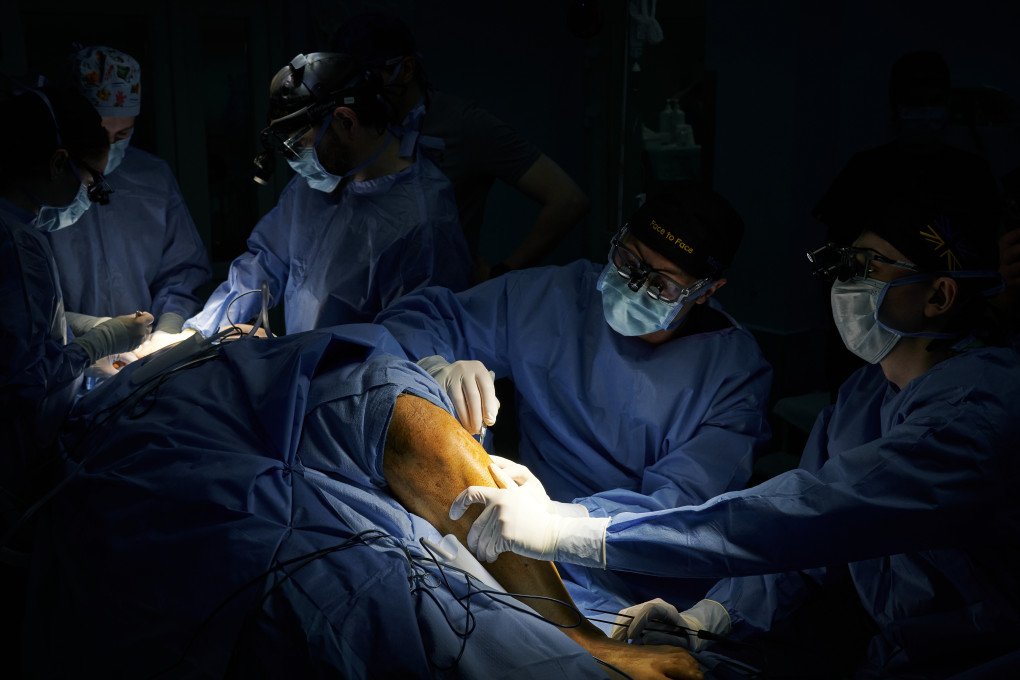
This is the third time the US team has arrived at this Lviv hospital, after previous visits in 2023 and 2024. Dr. Vitaliy Panchenko, a Ukrainian otolaryngologist and plastic surgeon, organizes the “Face to Face” mission for the Ukrainian side.
“Reconstructive surgery in Ukraine lags far behind foreign, European, or American,” he says. “The quality of their operations is much better.”
Besides, the ability to perform some surgeries depends heavily on the equipment. For example, to perform microsurgery, you need a microscope, which the hospital only received in 2023.
“Now, we have three microscopes that allow us to work, practice our skills, and perform such surgeries,” says Dr. Panchenko. “Of course, these operations also differ in complexity—we already perform minor and medium operations at the hospital, but complex reconstructions, of course, we have to perform alongside foreign doctors, because their experience and support ensure the outcome of these surgeries.”
“When you come to the hospital, you're well aware of the war”
It takes about six months to prepare a single mission, said Dr. Kyrylo Chugai, an ophthalmologist from Chernihiv. As co-organizer of the mission, he says selecting the patients among dozens of applications was among their tasks.
“Our role is to enroll all the patients, recruit them, collect all the medical documents, CT scans, talk to them, or their families,” he says. “ Tell them what we are going to do, what we cannot do, and try to define how many stages of surgery we can perform.”
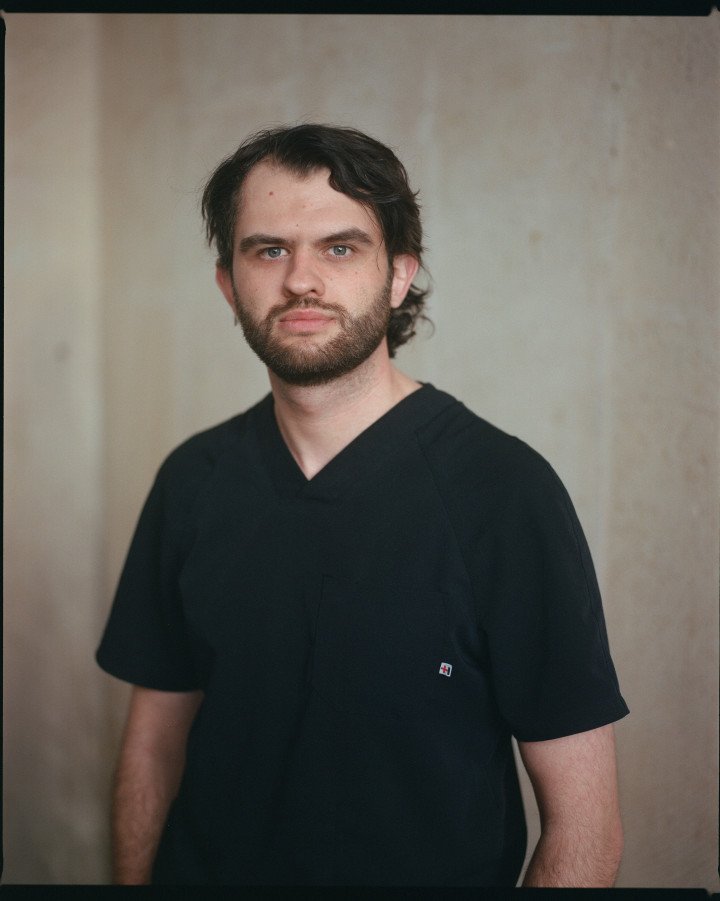
All the steps are being taken in close collaboration with the US and Ukrainian teams, says Dr. Nebor. The selection of patients starts 3-4 months ahead of a medical trip.
“We have Zoom calls where we review the patients and select them personally,” she says. “This mission is a very well-planned project. We have a team that's planning implants—we use the patient’s CT scan, we print patient-specific implants, so they fit their body specifically.”
Some of the patients are referred directly from Ukrainian doctors, while others apply after hearing about the mission through social media.
“They apply and say: This is my story, I got this injury during the war, and I want to participate,” says Dr. Nebor. “We usually select the most complex cases, and then we're trying to adjust the schedule.” Most of the patients are soldiers.
“Since many of the soldiers don't have protection on their faces but have body armor, the injuries are more on their face or their arms and legs,” says Shaun C. Desai, a facial plastic and microvascular surgeon and assistant professor at Johns Hopkins in Baltimore. “One of the soldiers told me a story of when he was advancing on the front line and a sniper shot his jaw. He had to get pulled back by his fellow army mates.”
This is Dr. Desai’s first visit to Ukraine. He says his first impressions were the beauty of the land and the resilience of the people. “When you come to the hospital, you're very much well aware of the war going on just by the sheer volume and the types of injuries that you're seeing. It's very obviously a war.”
“It’s not that serious—my other eye can see”
Vasyl, originally from the Vinnytsia region, applied to the mission while already receiving other treatment. After being wounded, he underwent surgery in Kharkiv and was then transferred to Lviv.
“I received a bullet wound,” he says. “There was an assault, and this happened.”
Vasyl didn’t want to mention his military role or which direction he served in. Incredibly, he believes his injury isn’t even that serious. “The other eye can see,” he laughs.
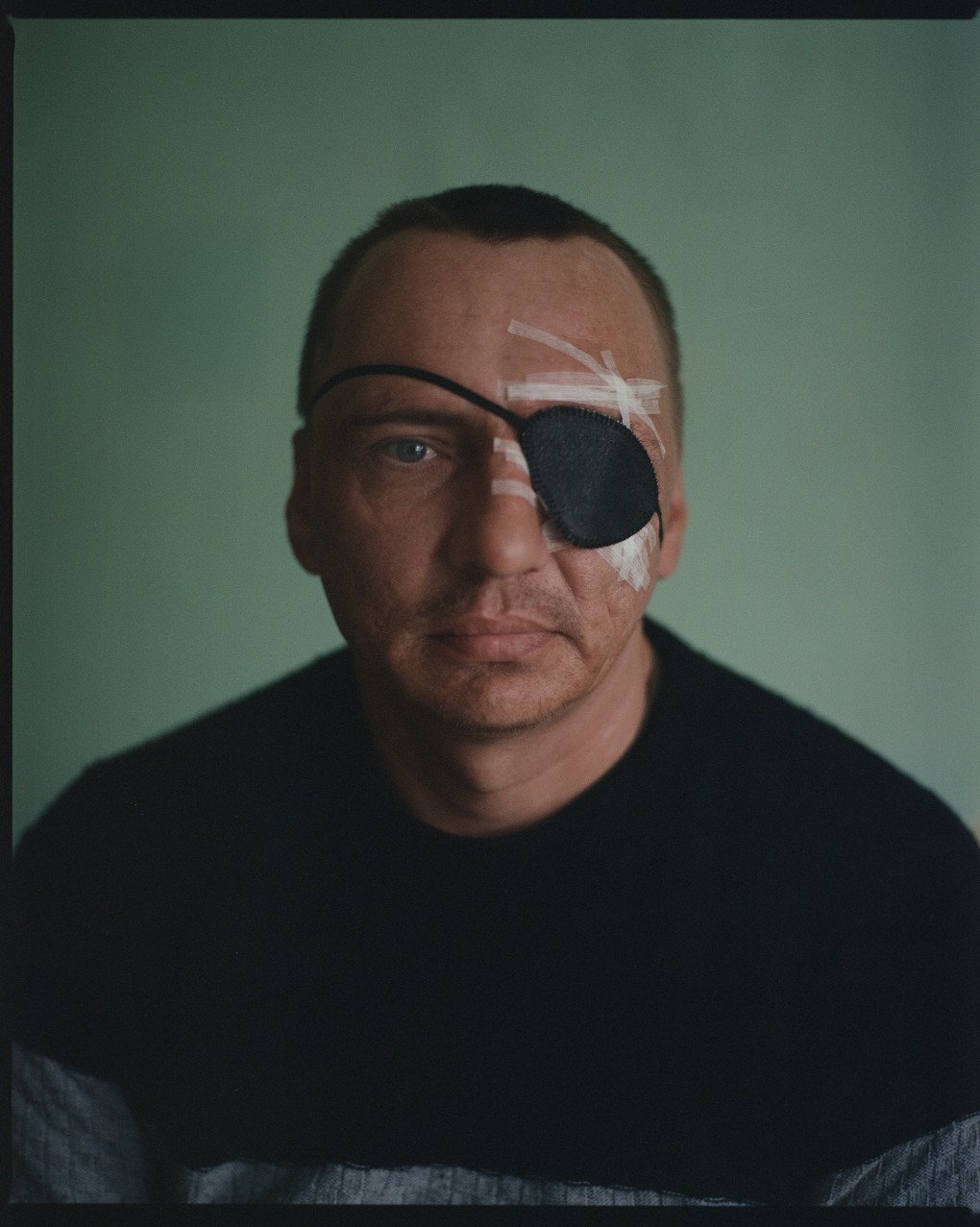
The “Face to Face” team restored his torn and fused upper eyelid and inserted a temporary prosthesis to help it take shape.
“The surgery was not very serious”, says Vasyl. His plans for now are to recover as soon as possible and to move closer to his family. He didn’t allow them to come and visit. Why? Again, because ”It was not that serious.”
“They just want to go back and keep defending”
While Vasyl believed that his surgery wasn’t serious, Dr. Abraham stressed—the cases with complicated defects often involve multiple procedures. That’s why the team meets some of the patients again to perform follow-up procedures. “The goal is to try to make them look as good as possible and to be able to function as best as possible,” he says. “Sometimes with these very devastating defects, if they lose an eye, we can make the eye look better, but you can't give it function.”
The American team usually consists of eight surgeons, accompanied by eight nurses who can help with the patients and the equipment. Enjoying a few minutes of rest, two nurses—Ukrainian and American—chatted to each other via a translation app. Though they live and work thousands of kilometers apart, they are now working together in an operating theatre in Lviv.
The Ukrainian nurse told her American colleague about her husband and two sons, who are currently serving on the frontline. “They said: we have to defend the country.”
“Susan, did you hear this?” the American nurse asks her compatriot, who was also taking a short break.
Susan Ketigian is a registered operating room nurse and part of Dr. Abraham’s team. “I traveled to many countries on medical missions,” she says. “This is my 34th, but fourth to Ukraine. When the war began, Dr. Abraham knew that our team should do something to help.”
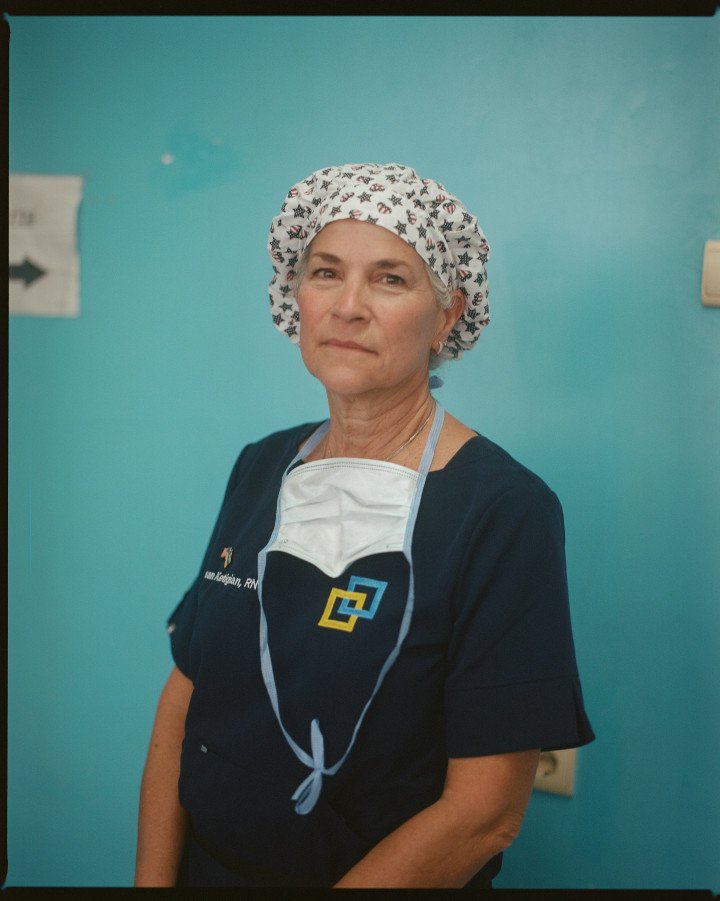
Nurse Ketigian is part of the volunteer group “Healing the Children Northeast.” She says all of her previous missions were primarily focused on helping children with birth defects, not victims of war. Having never been to Ukraine before Russia’s full-scale invasion, not counting a connecting flight on a mission to Georgia in 2012, she mentions the bravery of the Ukrainian defenders.
“They just want to go back and defend,” she says. “They're not looking for a doctor's note that you can not go to work today. On the first trip, we had a soldier who lost his foot and part of his face. He wanted to get better to return to his work.”
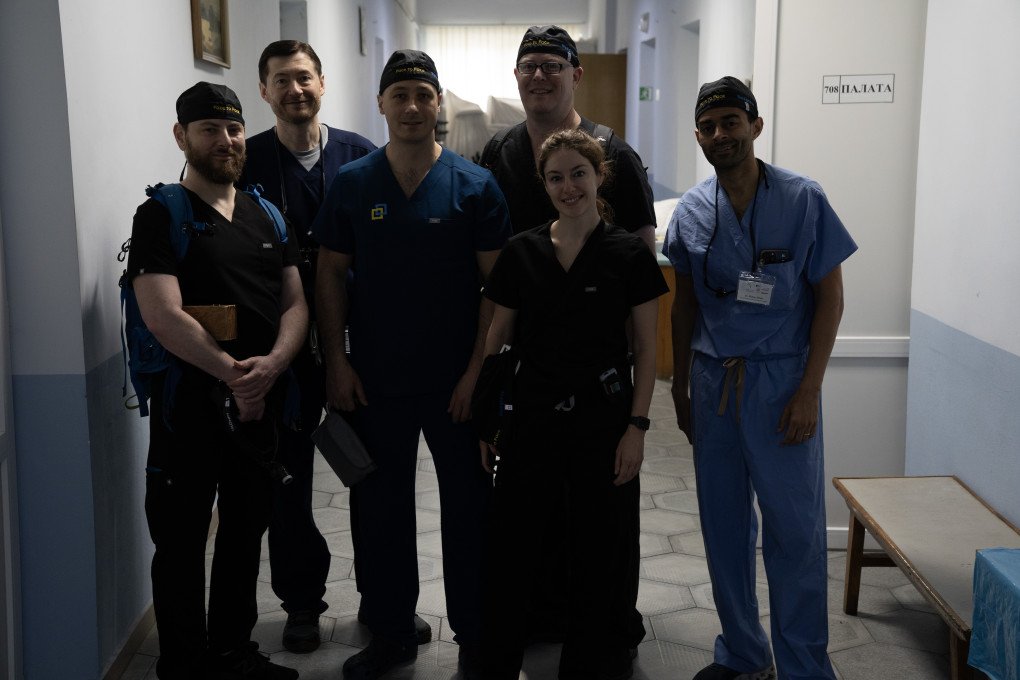
“It's an honor for me to shake your hand”
The surgeons we were meeting would only remain in the country for a few more days. However, some of them were already planning their return trip to Ukraine, six months from now. “Doctors actually take a vacation at their own expense, or part of their annual vacation, to come to Ukraine,” says Dr. Panchenko, adding that they allocate around 7-8 days for this, plus the journey.
“One day is to examine patients, review their examinations, agree on a plan and schedule of surgeries,” he says. “Only then do we proceed with them. We plan five full operating days; the sixth is spent examining patients and giving them recommendations on how they should behave.”
The teams counted that among the 146 surgeries they performed during the mission, over 40 included major reconstructions, complicated surgeries that lasted for hours. Despite all the hardships, the doctors continue working tirelessly to help those who need their help today and in future missions that lie ahead.
“For me, it's an honor,” Dr. Nebor says. “I had a situation when one of the soldiers came to me and he wanted to shake my hand, saying that it's an honor for him that we arrive for surgeries. And I said: ‘Listen, it’s an honor for me to shake yours.’”
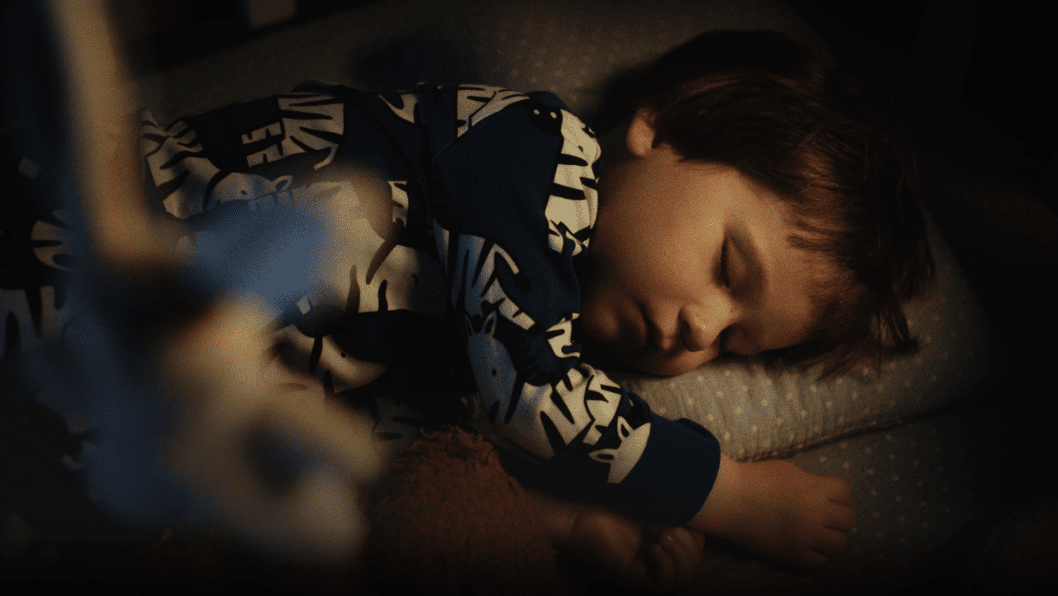
-0666d38c3abb51dc66be9ab82b971e20.jpg)
-73e9c0fd8873a094288a7552f3ac2ab4.jpg)
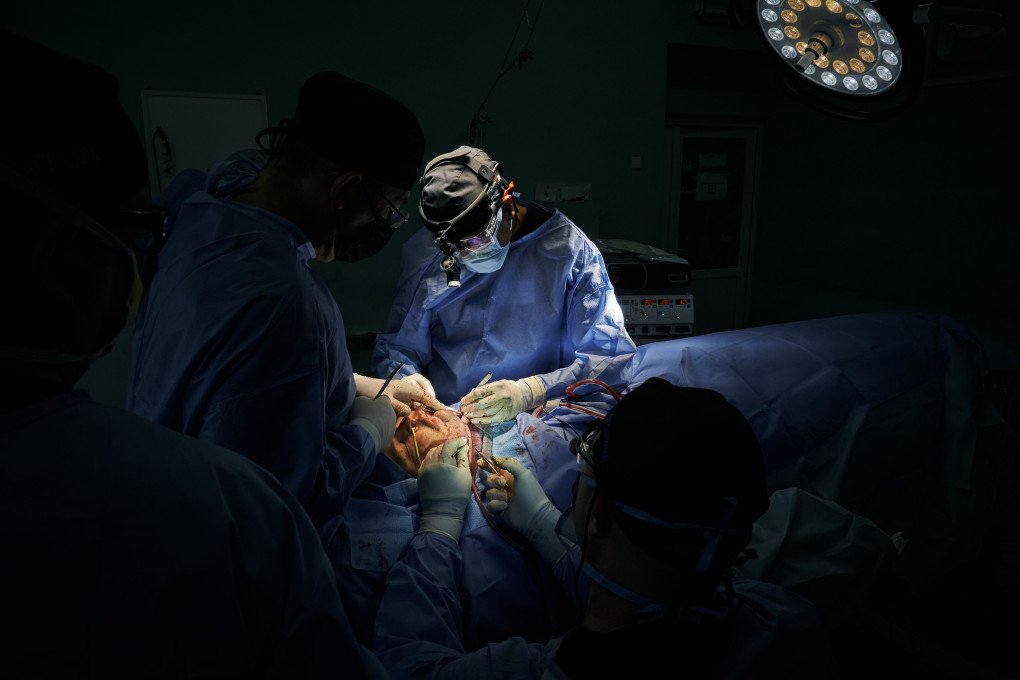
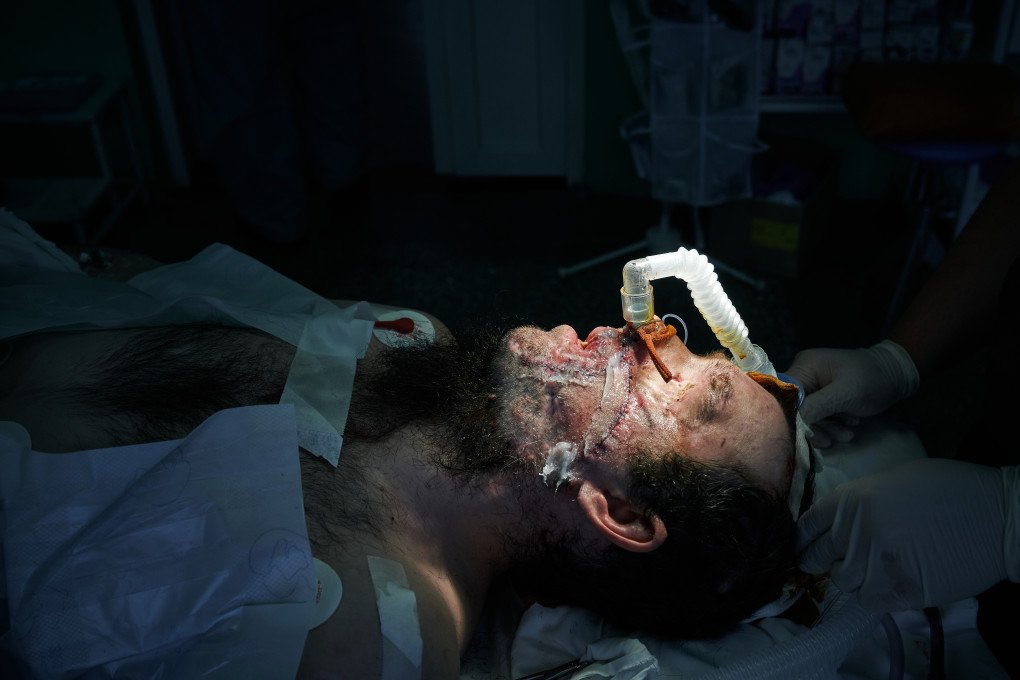
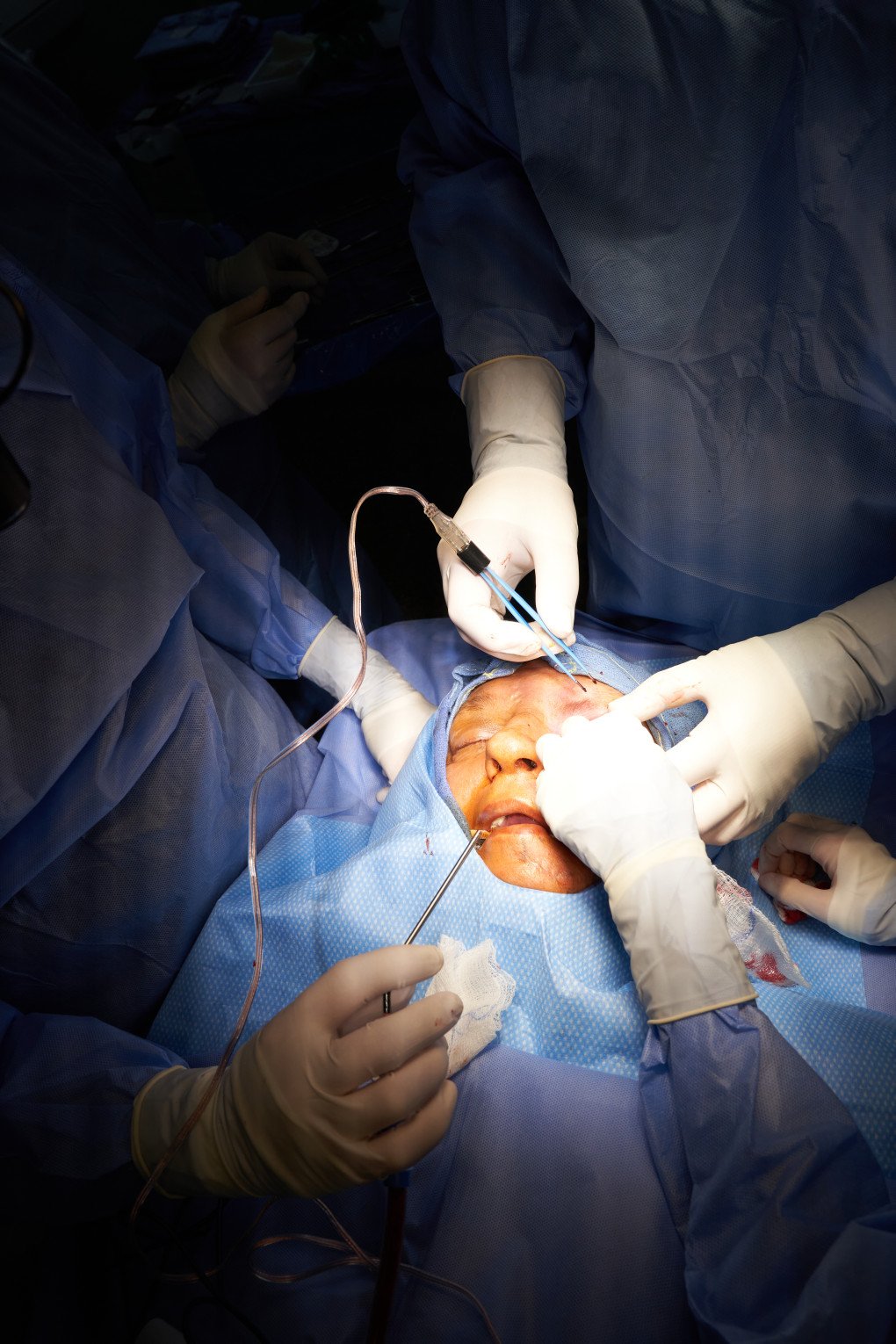
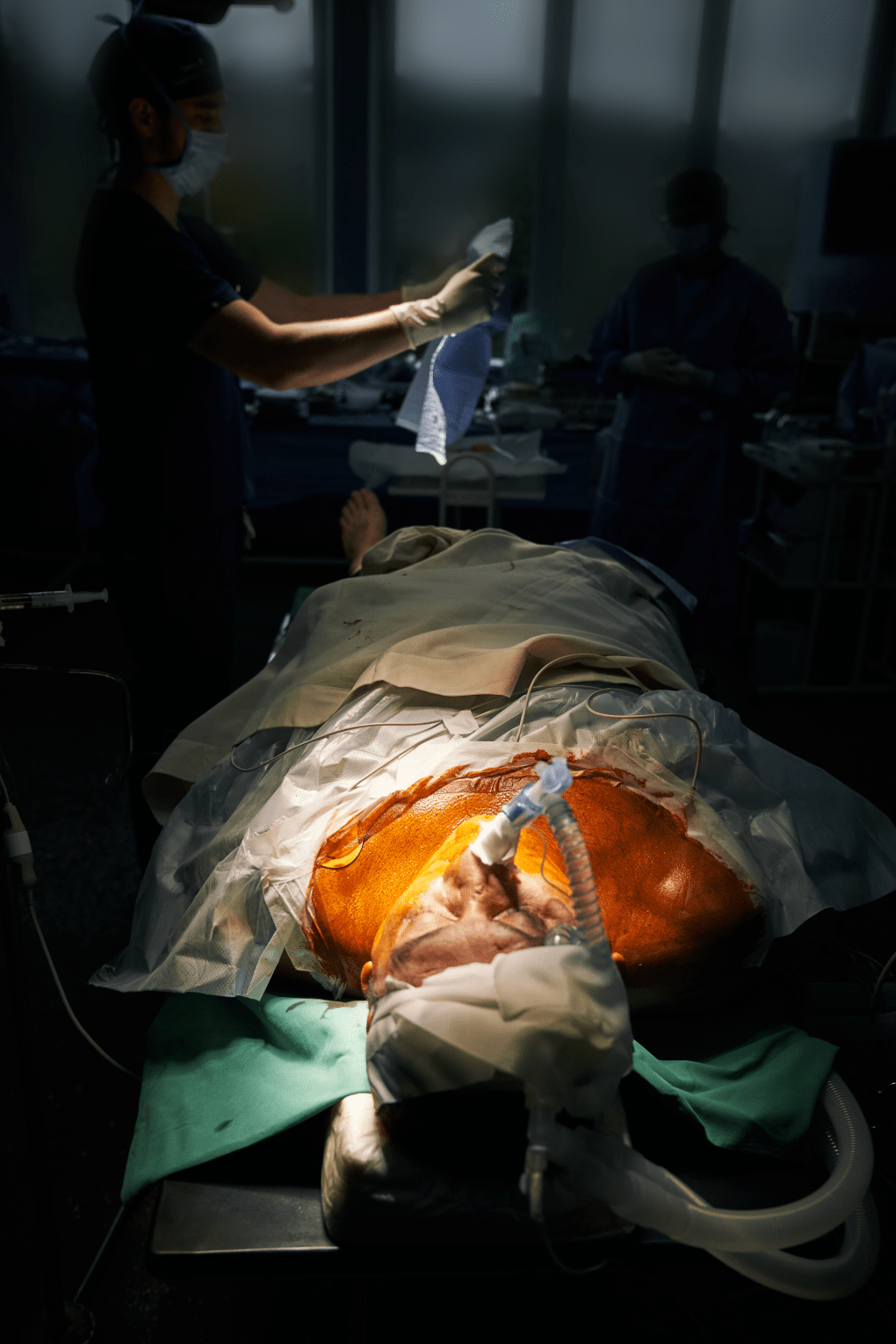
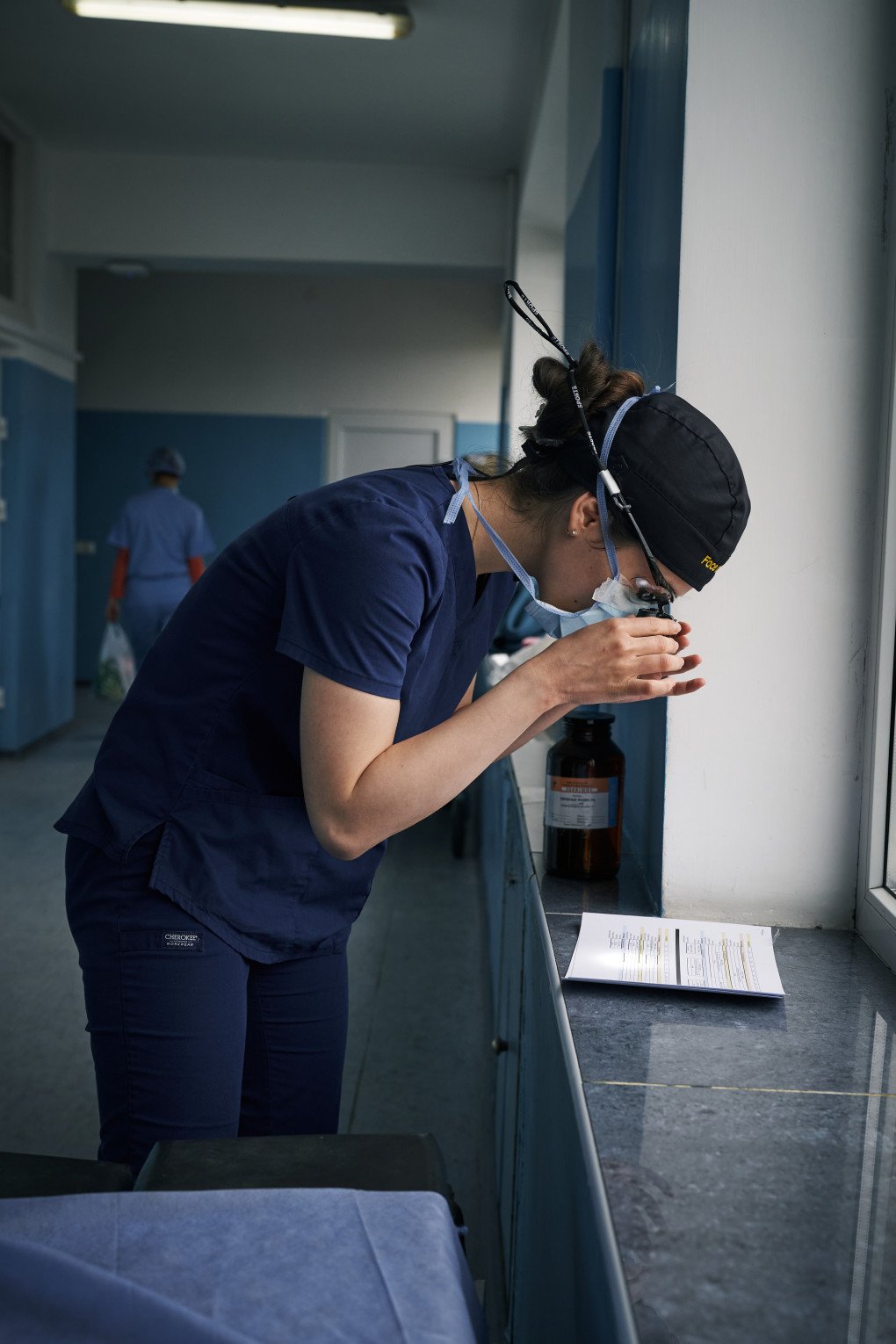
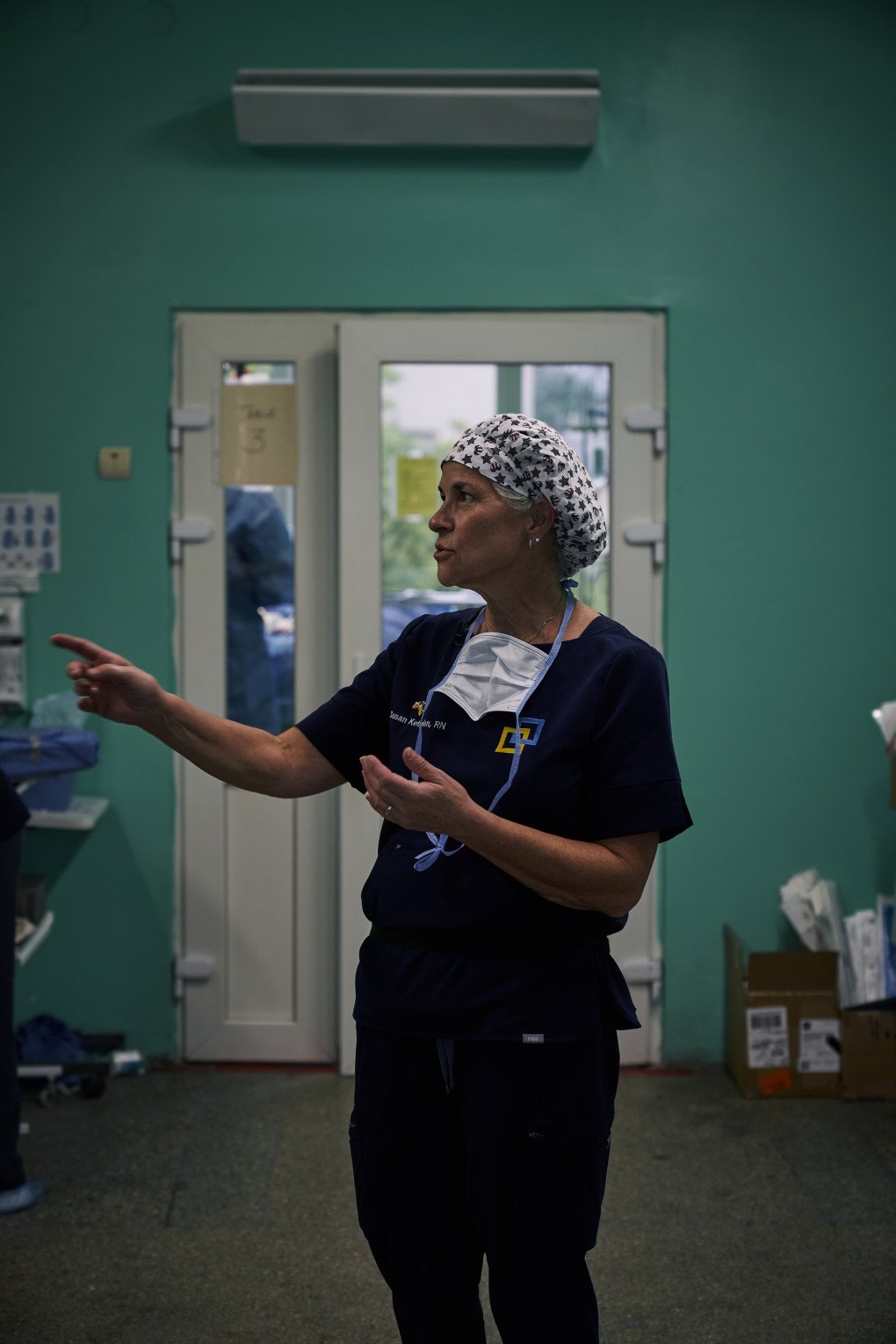
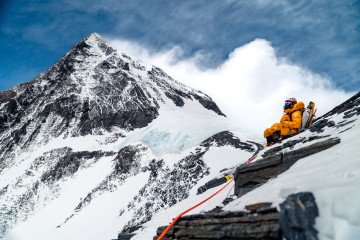

-b63fc610dd4af1b737643522d6baf184.jpg)

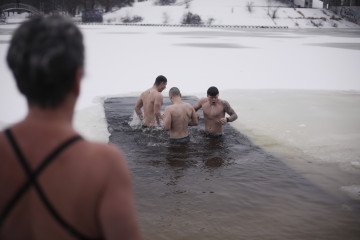
-554f0711f15a880af68b2550a739eee4.jpg)
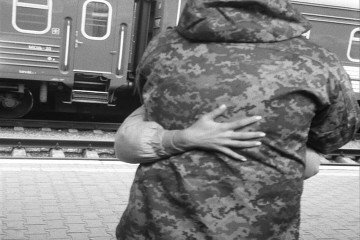
-ba02b3bc86f0b624f99115809a6a34d0.jpg)